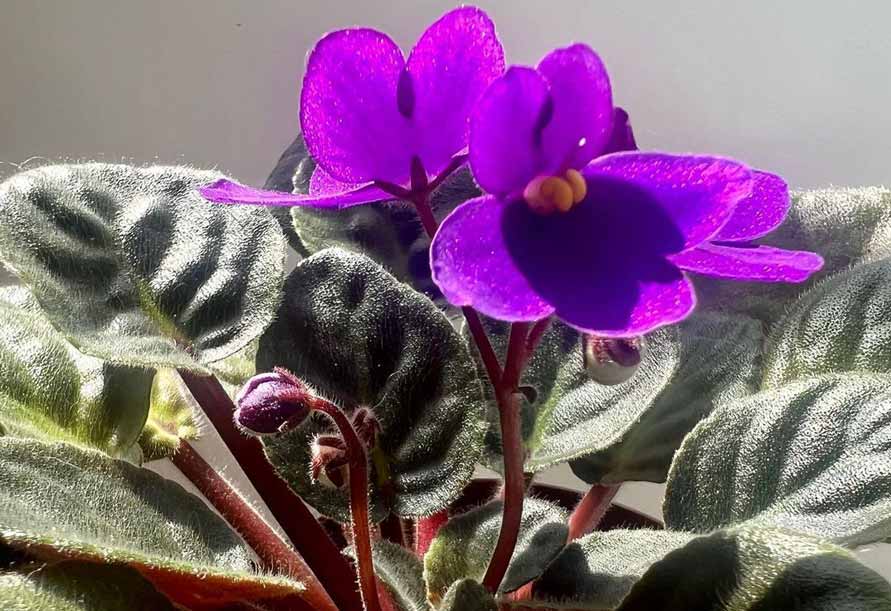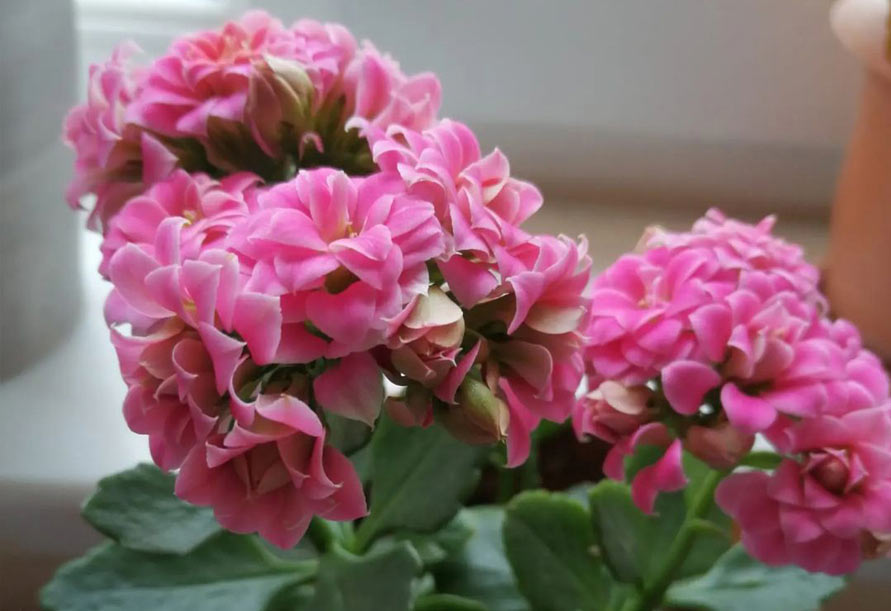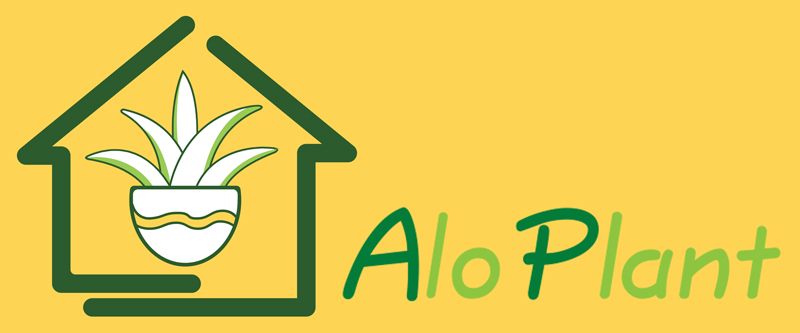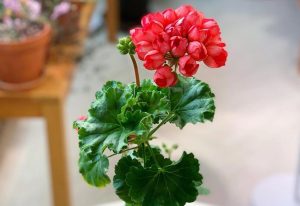
The African violet or Saintpaulia is one of the most beautiful flowers in the tropical regions of South Africa, which can be planted and maintained in many countries. This flower, which is considered a family of succulent plants, grows in several different shapes and colors, and you can use it to add a unique and miniature effect to your room and living space. It should be noted that the growth of African violets has a lot to do with the humidity and brightness of the environment and can be well cared for at home with a few simple but at the same time practical points. In this article, we want to acquaint you with the conditions of planting and watering African violets at home. Please read on with Aloplant.
| Jan | Feb | Mar | Apr | May | Jun | Jul | Aug | Sep | Oct | Nov | Dec | |
|---|---|---|---|---|---|---|---|---|---|---|---|---|
| Sowing | ||||||||||||
| Planting | ||||||||||||
| Harvesting |
| J | F | M | A | M | J | J | A | S | O | N | D | |
|---|---|---|---|---|---|---|---|---|---|---|---|---|
| Sowing | ||||||||||||
| Planting | ||||||||||||
| Harvesting |
| Botanical Name | Saintpaulia ionantha |
| Common Name | african violets |
| Plant Type | Tropical, Succulent |
| Pet / Baby Safe | not toxic to pet and baby |
| Sun Exposure | indirect sunlight |
| Hardiness Zones | 11 and 12 |
| Bloom Time | nearly year-round |
| Soil Type | loose, porous, and well-draining |
| Soil Amendments | text here |
| Types of Fertilizer | text here |
| Flower Color | blue to violet, lavender, pink, red-violet, blue-violet |
| Foliag Color | dark green with red-tinted undersides |
| Plant Height | less than 3 inches |
| Native Area | Tanzania |
How to take care of African Violets?

This tropical plants species belong to the regions of South Africa such as Tanzania and Kenya and is known as a popular option for use in homes and apartments due to its beautiful appearance. Regular watering, constant heat, and keeping the environment well lit are the most important things people should consider before buying African violets. It should be noted that this plant, despite having a beautiful shape, is somewhat sensitive to changes and should not be replaced repeatedly.
African violets soil

Experience has shown that the best soil for different African violets is leaf soil. Because this soil contains a significant amount of minerals and helps the better growth of this species of tropical flowers. African violets need high acidity for proper growth, and it is better to increase the percentage of soil nutrients every 15 times by using extra peat and perlite. Perlite increases the drainage capacity of the soil and makes it easier for moisture to pass through its particles.
Also, due to the sensitivity of African violets to cold, it is better to put them in plastic pots and avoid earthenware pots as much as possible. This is because, during the colder months of the year, the cold weather is transferred to the flower’s roots, and the leaves turn brown over time. The best composition for African violet soil is a mixture of leaf soil and perlite. In addition, the possibility of high drainage helps the petals to grow better in different seasons. It is also best to sterilize the surface of the soil and pots before planting African violets to prevent the growth of pathogenic organisms and insects.
African violets temperature

Room temperature significantly affects the growth and freshness of African violet leaves, and the suitable temperature for this plant should be between 18 and 24 degrees Celsius. Ambient humidity plays a vital role in the freshness and better growth of African violets, and it is recommended to keep this amount between 50 and 60% as much as possible. Also, suppose the greenhouse grows African violets or similar species. In that case, it is better to use air conditioners or steam to keep the environment for the growth of this flower semi-humid and moist.
As mentioned earlier, African violet is a relatively sensitive plant that responds to changing environmental conditions. Therefore, it is recommended that you do not modify the location and brightness of the environment when it finds its proper position and the petals begin to grow.
Watering African violets

Flowers with a mixture of fertilizer, perlite, and other nutrients generally do not need a fixed irrigation schedule. African violets are no exception to this rule, and it is better to rinse them 4 to 7 times a month, considering the humidity and room temperature.
You can choose one of the following two methods to irrigate African violets:
1) Remove the bowl under the pot and pour cold chlorine-free water into it. Then place the pot on it for 30 to 45 minutes so that the pores absorb water under the pot.
2) Drag your finger to the surface of the soil and if you feel the moisture is minimized, wet the root with a glass from a close distance. It is emphasized to avoid pouring water from above on the flower petals. Why, over time, it causes yellow spots and wilting of leaves.
It should be noted that over-irrigation is the most common cause of death of African violets!
African violets fertilizer

As a general rule, plants with flowers or fruits in all seasons need a relatively high percentage of nutrients for growth, and we must pay special attention to their nutrition. Different species of African violets with a hardness of 11 and 12 are no exception to this rule, and their beauty and freshness largely depend on the number of nutrients received. At the beginning of planting, it is recommended to add two handfuls of chemical fertilizers and garden perlite that have high levels of phosphorus and nitrogen to the soil of your pot and check this amount every two weeks. For this purpose, you can use soil and fertilizer stores for plants and npk fertilizers for flowering.
African violets light needs

African violet is one of the flowers that need constant light and uniformity in the room. By reducing this amount, its leaves rot and take on a kind of shrinkage. Of course, this light does not necessarily have to be direct sunlight, and its uniformity will be more important to us. If there is not enough light inside your home, or you want to keep your African violets in a particular part of the house that is not well lit, you can use fluorescent light bulbs to provide the amount of light the plant needs. These lights are sold in the market today in various forms and, by being located at a distance of about 30 cm from the plant, provide the amount of light needed for its growth.
How propagate African violets?

Several methods for propagating this plant include seeds, leaf cuttings, and plant division.
Propagation by planting cuttings in the soil
One of the best ways to propagate African violets is to plant their cuttings in the soil. Because growing cuttings in water usually produce weak roots, we see them wither after two or three months. To use this method and maintain African violet cuttings, it is necessary to cut one of the plant’s leaves with a sharp razor that has already been sterilized and plant it in suitable soil. In the meantime, if you put nylon on the cuttings, more humidity in the environment will increase the speed of rooting. Just be sure to use light, soft soil for this.
Propagation by sowing seeds
This method traditionally propagates violets, and we have to pay enough attention to the quality of the seeds. Next, it is necessary to combine the soil suitable for the pot with nutrients and sow the seeds in the pot. Remember that until the flower sprouts, in addition to keeping the potting soil moist with water spray, try to expose it to a suitable place in terms of temperature and direct sunlight so that the room temperature is between 20 to 25 degrees Celsius.
Propagation by plant division
Another way to propagate African violets is to use cuttings or shallow shrubs grown around the pot. If you have a young pot, it is not recommended to use cuttings to propagate flowers. Because only in older violets do we see the growth of cuttings near the roots. The propagation of these plants in other pots will require providing many conditions, including sunlight and sufficient nutrients in the soil.
Why are African violets wilting?

African violet is a sensitive species of succulent flowers family that sometimes, for some reason, we see the yellowing of the leaves and even their wilting. One of the main reasons for this is excessive watering of flowers. Because water remains around the crown, it causes rot in the stems and leaves of violets. For this reason, it is recommended that you drag your fingertip to the surface of the pot when watering to find out the amount of moisture and, if necessary, rinse.
African violets pests

Whether grown in the wild or at home, African violets are exposed to many pests and diseases, and getting to know them will help us take better care of them. Symptoms of African violet pests include brown and black spots and color on the stems and leaves of flowers. Pests such as Batritis and cyclamen are among the most well-known viruses, especially after spring. To prevent such complications, it is better to sterilize your pot and keep it in a clean space. Also, try not to take cuttings from the plant and avoid giving too much heat and moisture.
Conclusion
With their beautiful and miniature appearance, African violets are always one of the attractive options for use in homes and apartments. This species belongs mainly to the tropical regions of South Africa and is not considered a poisonous plant for pets and infants. African violet has been used as a houseplant in many countries, and it is interesting to know that these flowers can grow in all seasons!
You can breed and propagate them by knowing their maintenance systems, such as suitable ambient temperature, soil conditions, and suitable distances for irrigation. In this article, we wanted to provide you with a reasonably comprehensive overview of caring for African violets. If you have any questions or concerns about this issue, please contact us in the comments section.
RELATED POSTS













